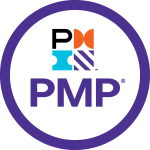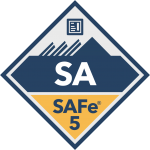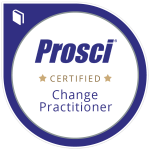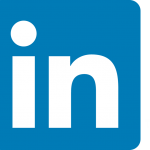Determine what is most important with the Rapid Assessment Framework

We have developed an objective “root cause” approach to assess enterprise health against a prioritized short-list of 89 critical dimensions each with 4 observable behaviors organized into 14 elements utilizing a browser-based polling/survey technology. The tool is editable for language- and industry-specific vocabulary.
Executive Alignment

Executive teams must provide both the vision for change and “active management” throughout execution. But there must be more. With the explosion of information and the accelerated pace of change in the business environment, decisions must be pushed down in the organization. Noted tools include Execution Roadmap and Decision Map
Responsibility Mapping

This article is a perennial favorite of our site’s visitors. Crisply defined and reinforced roles and responsibilities increase focus, integration and performance. The article defines generic roles for projects, processes, decisions, etc. RACI Framework of: Responsible (the doers); Accountable (the buck stops here); Consult before (see me first); and Inform after (keep me in the loop).
Stakeholder Analysis- A Swiss Army Knife for Managers
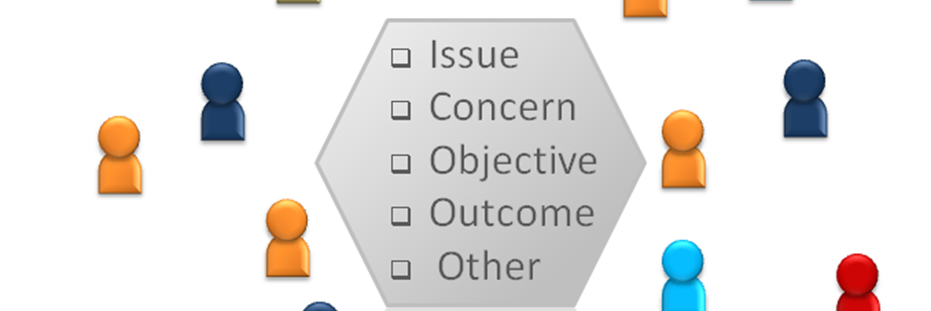
Stakeholder analysis is a great tool to ensure a comprehensive review of those with a stake (e.g., why they care) in those things ranging from the the simple to the complex. We advocate you look for ways to group those with similar-enough needs and preferences, or as the marketers would say segmenting the stakeholders.
Enterprise View: Collaboration & The Directed Community

During a dicusssion on “how to” best represent collaboration, one of my colleagues simplified the problem as “It’s not about the direction of the information flow, it’s about the number of contributors and the number of information consumers.” So, we began to analyze collaboration as writers (contributors) and readers (information consumers).
Creating better business outcomes through collaboration
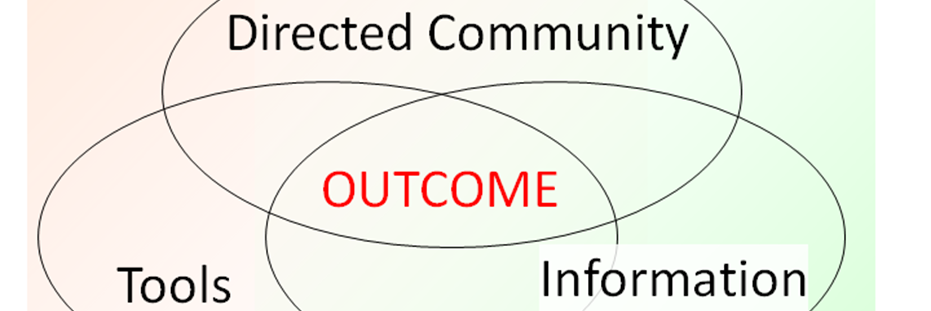
You can create better business solutions and outcomes less expensively by tapping into your company’s collective intelligence through a blended use of traditional and collaborative tools to more easily generate, amend and access information. We show a point-in-time view of collaborative tools, and we consider directed communities in lieu of top down (strategic initiative) project teams
Defining Project Management
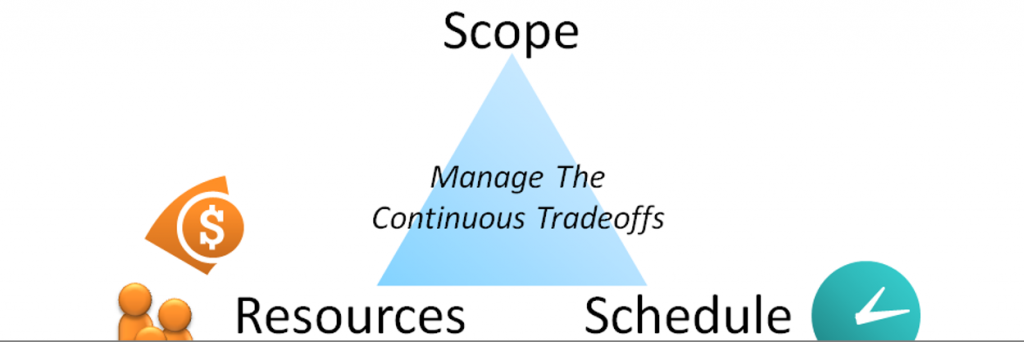
Project management is the continuous management of the trade-offs of scope, schedule and resources. What (scope), When (schedule), and How Much (resources) are the three dimensions which PMI refers to as the “iron triangle.” There are a number of processes you can put in place to support project management, adding only enough structure to manage the risks associated with a specific project.
The Change Formula
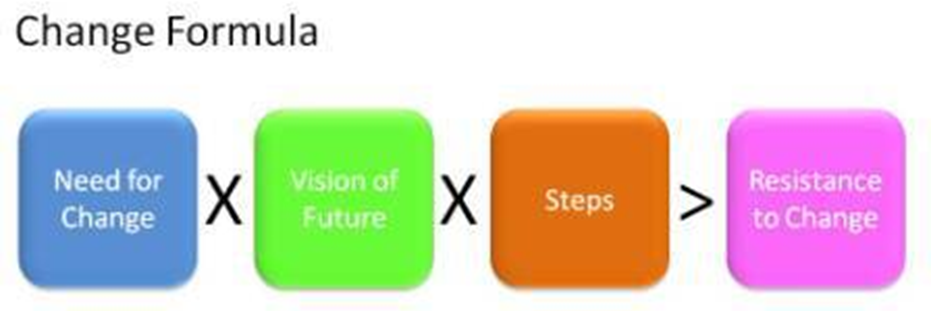
The Change Formula is a single framework appropriate for just about every dimension of management, and particularly managing others. Analogous to an inequality, content must be present in each variable of the formula (need for change X vision of future X steps > resistance to change) to overcome an individual’s natural resistance to change.
General Management Framework
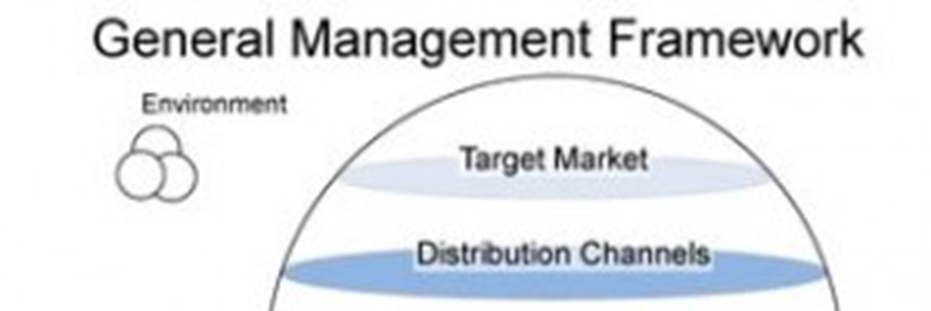
General management framework is comprised of six elements each representing a critical mega-component of the enterprise, including target market; distribution channels; offering; people and capabilities; and, organization. The framework has been successfully used for market analysis and strategic planning in multiple industry verticals.

